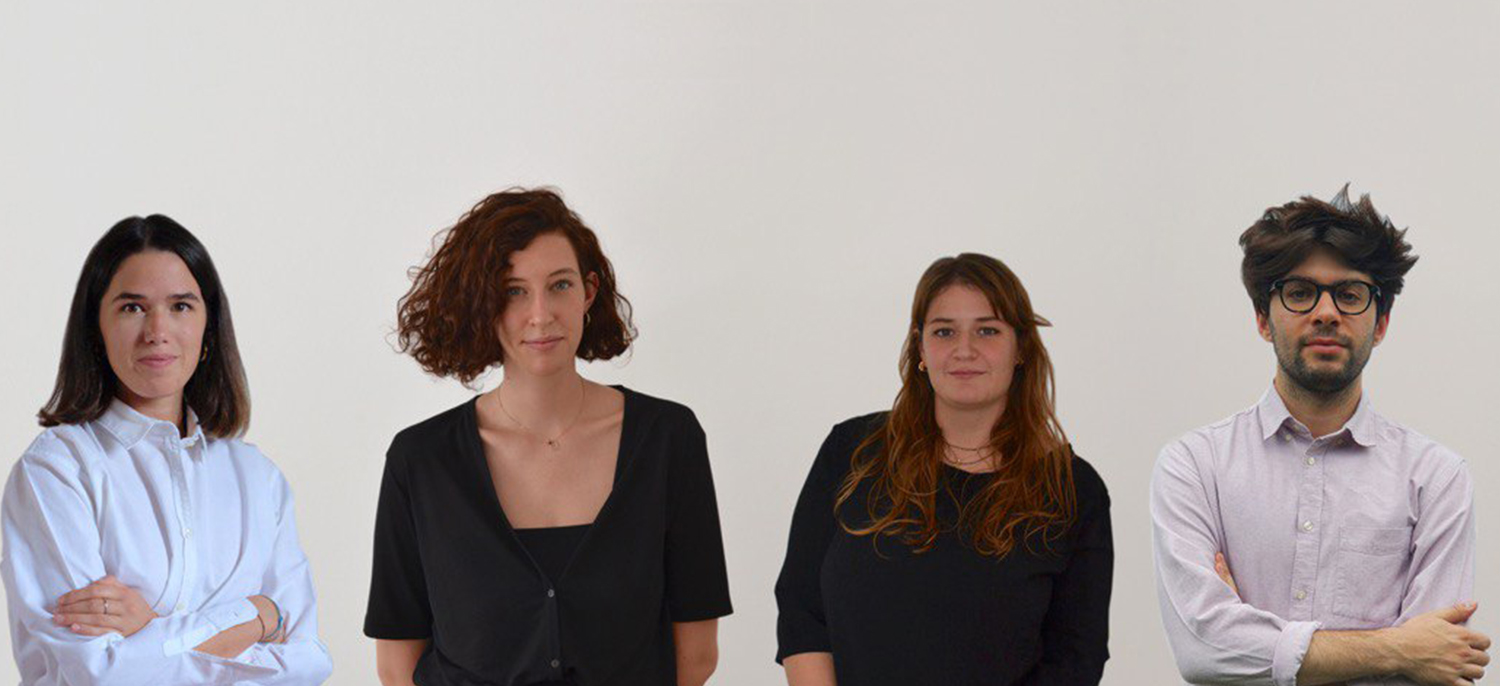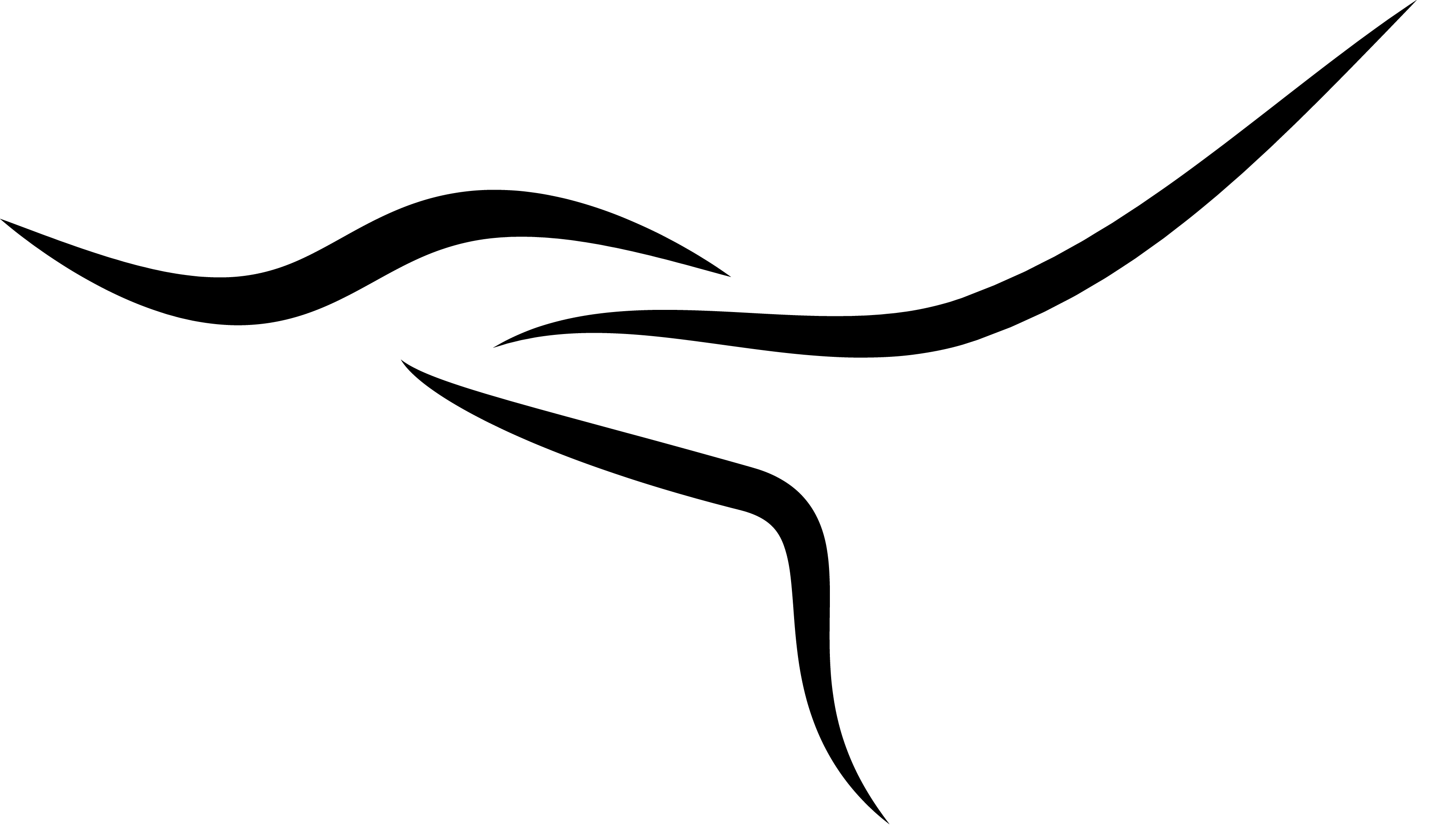Interview with 3rd team awarded
by Kaira Looro 2021
Interviewed: Annachiara Trabacchin, Elena Paccagnella, Gloria Aiolfi, Alberto Martini

Can you tell us more about your team?
We met at university and through transversal experiences in the field of architecture. Annachiara, Elena and Alberto attended "Architecture and cultures of the project" at Iuav University of Venice, while Gloria attended the "Architecture, built environment, interiors" course at Politecnico di Milano. It was the first time we participated in a competition together, we have different visions and points of view, but we realized after this experience that our skills complement each other.
What was your feeling when you knew you were among the top projects of the competition?
Initially, we were really surprised by the result, especially since we started this competition mainly for the idea of spending time together and being able to work on something different from our routine, being able to challenge ourselves on a design aspect that we had never tackled before. We are, of course, very happy and satisfied that our project was appreciated, especially given the large number of designers who participate every year.
.jpg)
The meaning that our project wants to transmit concerns the strong dualism that characterizes the shape: an important rigidity and closure towards the outside that contrasts with the fluidity of the interior spaces; recreating a space that symbolizes the role of women in Senegalese society, externally not revealing what is actually behind it. In addition, the form was designed with a concept that runs on two parallel tracks: the feeling of refuge created by the rigidity of the exterior in contrasts with the softness of the interior spaces, which are designed to be welcoming and suitable for collective activities; a space that is for everyone, but does not invite everyone, it must be a place where women in particular can feel free and comfortable.
Which aspects of a design do you focus more during desig
ning? Our objective was to ensure that the architectural artefact would be highly communicative, with a significant visual impact, and that it would concretely convey our symbolic as well as functional intentions with respect to the themes proposed by the competition. During the design phase we concentrated on understanding the dynamics of the place and the context in which the project is located, from which we derived our choices in terms of space, technology and construction.
How did the material choice affect your design?
The choice of technological and construction aspects, as we were saying, comes from a careful reading of the context in which the project evolves. We did a lot of research to make sure that the aesthetic aspect was combined with the economic aspect, and above all that it was in line with local customs. The choice of material corresponded to the visual effect we wanted to have for our building. When we realized that it was really simple and effective to use sandbags to seal the perimeter of the building, we immediately thought it was an extremely satisfactory construction technique, and above all one that everyone could afford in terms of both availability and self-construction.
Has your project been inspired by anything-in particular, by some project in developing countries or past projects of Kaira Looro?
Having to deal with a project in a geographical area with a specific climate and technological requirements that we have never dealt with before, it was necessary for us to study other design interventions in the same areas, paying particular attention to the design philosophy of Anna Heringer and Francis Kéré. From the spatial point of view, however, we agreed that it was essential that the shape of the plan followed a horizontal distribution and did not define a hierarchy of spaces, but instead resulted in "democratic" spaces: our gaze was therefore turned to the most sinuous/fluid designs.
.jpg)
The contribution that architecture can make to Women's Empowerment is certainly fundamental, but it is also one of the many pieces that would need to work together to overcome the unjust gender inequality. It is difficult to talk about an "idea of architecture" because in delicate cases such as this it is impossible to generalize such a complex concept, even if, as far as our project in particular is concerned, we think it could be appreciated for the quality of the spaces to be lived in and the freedom they want to convey to those who live in them. The ideal for projects of this kind would in any case be to be able to have contact with those directly involved, for self-building is very important for creating a relationship between inhabitants and designers.
From your point of view, what are the responsibilities of architects in dealing with complex issues such as women rights or architectures in developing countries?
The role of the architect is often underestimated: the power that the design of everyday spaces has on society is particularly relevant, especially in developing countries. Designing spaces that enable small communities to meet their social needs certainly affects people's quality of life. It is precisely for this reason that, from our point of view, architects with radically different origins and backgrounds from the context in which they work - as we do in this case - must show particular skills of adaptation, using their experience and cultural background to interact with the right delicacy with local traditions, proposing innovative ideas but maintaining the utmost respect.
The aim of the competition was also to improve the research on the topics of sustainable architecture with natural and recycled materials. How do you feel that contemporary architecture is approaching these topics?
Nowadays the issue of sustainability is much more important and there is much more awareness of it: architecture has to keep up with the times and there have certainly been big changes in favor of recycling, especially thanks to new technologies and materials that do not have a negative impact on the environment. In the case of this competition, our design for sustainability mainly follows the use of simple local materials, not looking for particular construction techniques, but adapting to the means that the territory provides. This type of approach is certainly effective, although, especially as far as sustainability is concerned, the relationship with the context is fundamental, knowing how to adapt to what the places have to offer in order to respect nature and those who live in it.
.jpg)
The fact of having personally contributed to financing the construction of the project is an extremely important gesture; allowing the actual construction of the project and therefore being able to donate a place to the Baghere community was very important to us, also because of the opportunity given to the winning project and therefore to a young architect like us, who will be able to see one of his projects realized.
The aim of the competition is also to give professional opportunities to young architects with internship prize and visibility at international level, and we wish your team the best achievements for your career. How do you think you will be in next 10 years? According to you, can this award affect your future?
We are four architects, each of us with different predispositions towards architecture, aware of the fact that we will almost certainly take very different paths. All four of us have recently finished our studies and winning a competition of this magnitude and fame has certainly made us more aware of our abilities, giving us a good charge and positivity regarding our professional future. Regardless, in ten years’ time we hope to be professionally satisfied, to love our work and to be able to contribute in our own small way to improving the lives of some people with our way of thinking about architecture. Surely this award will remain our first important achievement outside the academic world, it makes us proud and satisfied that we can really do something beautiful for others people.
.jpg)
.jpg)
.jpg)
